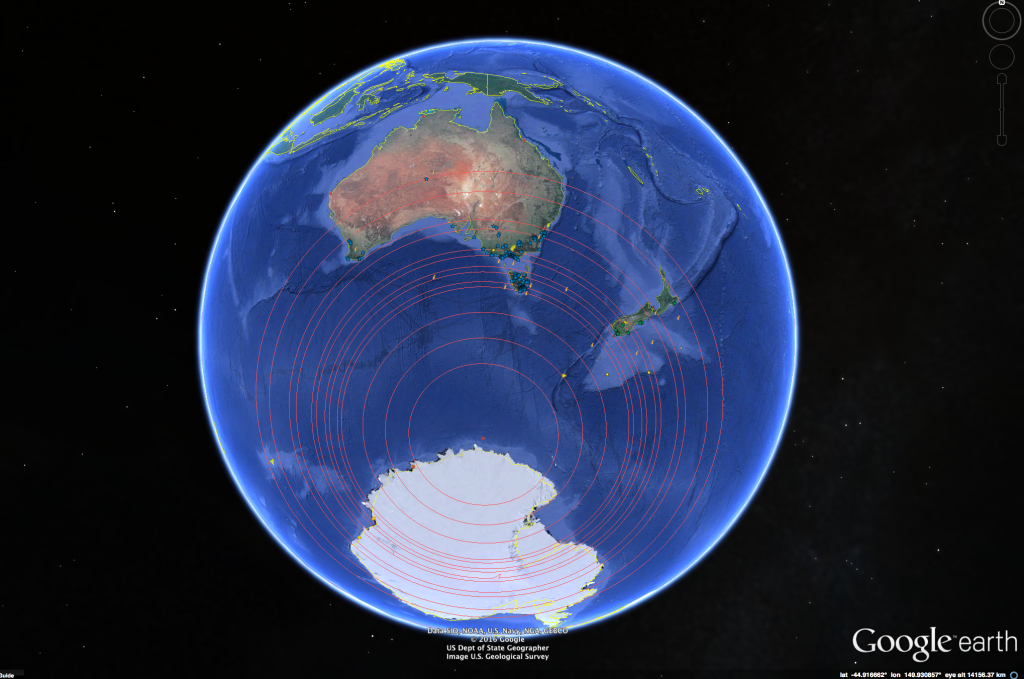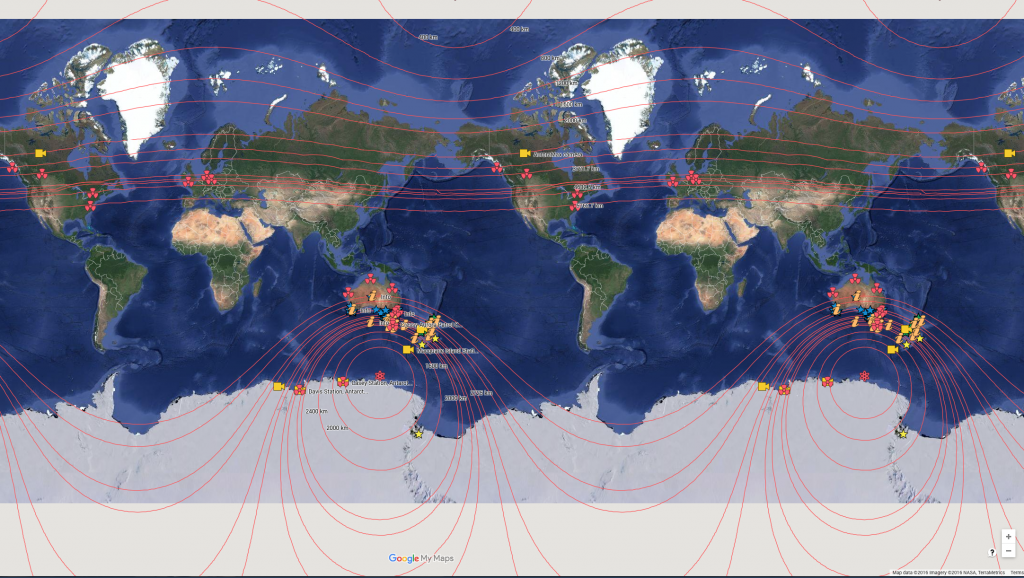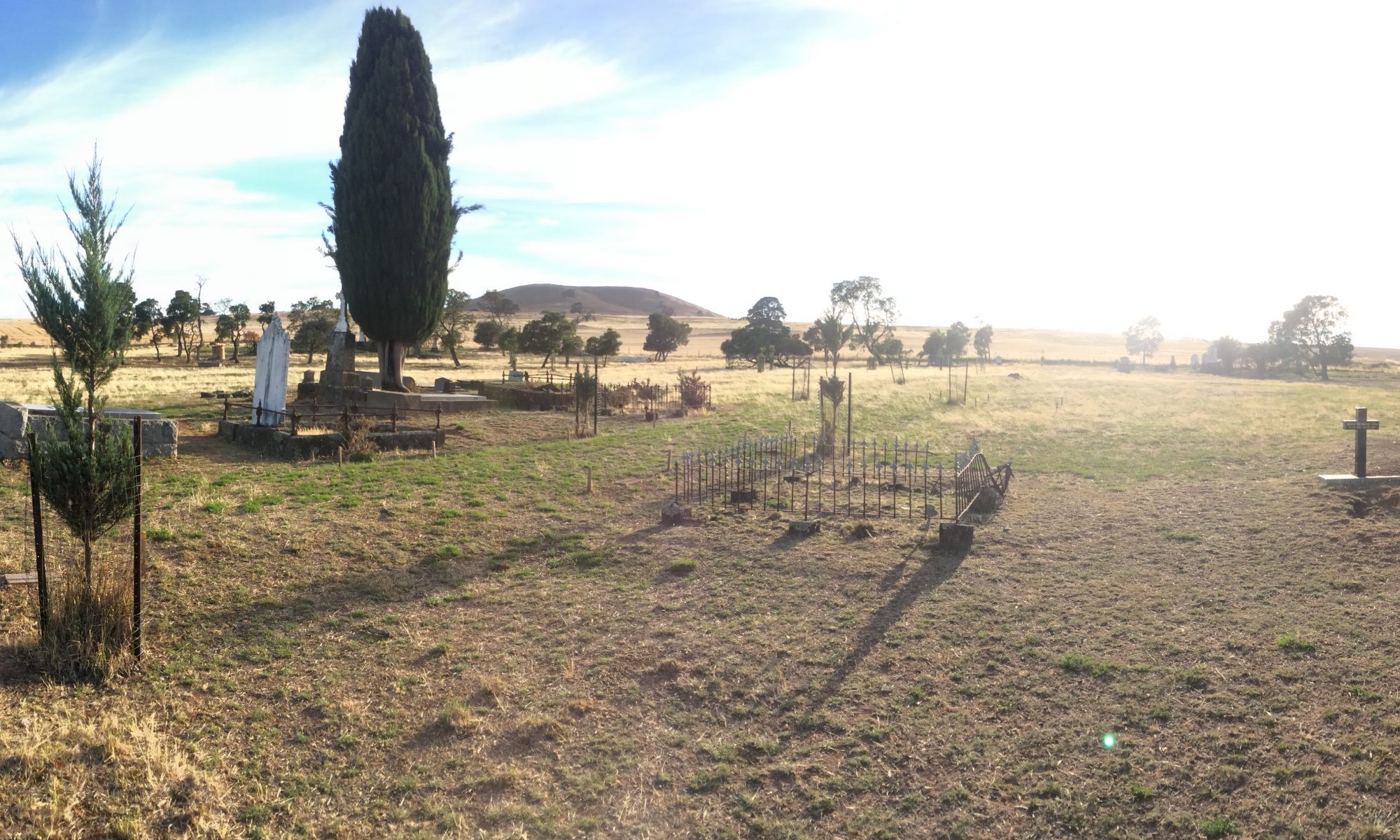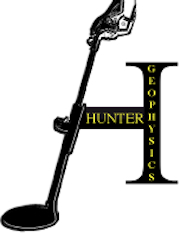David Hunter has been working on developing a global Aurora viewing map since January 2016. The current map, known as the Global Aurora Sighting Map (GASM), was created on 16th August 2016, and incorporates data with permission from earlier maps by Margaret Sonnemann and by an unknown individual. Full acknowledgements are below.
Before you go to one of these sites at night, make sure there is an aurora expected for the night, otherwise you’ll just end up seeing stars. Regular aurora forecasts are provided in the Southern Hemisphere Aurora Group.
> > > VIEW THE MAP HERE < < <
To add new sites to the map, please see this page.
On this page:
- About the map.
- Range rings – explained!
- Additions to the map.
- Map key/legend.
- Safety notice.
- Data licencing. Read this if you want to use our data in an app or website.
ABOUT THE MAP
This map is a collection of suggested Aurora Australis and Aurora Borealis viewing locations throughout the world. It has been compiled by the members of various Facebook groups, including the Southern Hemisphere Aurora Group, Northern Hemisphere Aurora Group, Aurora Australis Tasmania, Aurora Australis, Aurora Hunters Victoria, Aurora Australis Western Australia, Geelong Aurora Hunters, Aurora Australis NSW / ACT, and Aurora Hunters NSW, SA, and ACT. The map was established and is maintained by David Hunter. Whilst care is taken, David cannot accept responsibility for the accuracy of the map. If you find an error in the map, please contact David directly.
To add new sites to the map, please see this page.
RANGE RINGS
***EXPERIMENTAL***
The intensity or brightness of an aurora may be similar at similar magnetic latitudes around the southern and northern magnetic poles. This may mean that someone in Oamaru, New Zealand, will see an aurora of similar brightness to someone in Sale, Victoria, Australia (both locations are around 3,050km away from the South Magnetic Pole) if observed at the same time (ignoring the effects of sunrise/sunset).
I have drawn red rings around the South Magnetic Pole. These are lines of magnetic latitude, and may help with aurora forecasting.
These lines allow users to quickly compare sites of similar magnetic latitude. You might be able to see a similar display as any alerts at your magnetic latitude (assuming no light pollution/clouds at your site), but note this is only in real-time. It might be completely different by the time you get to your observing site!
This is experimental only – we don’t know how reliable this is yet. If you use this and have either a success or a failure, please let us know by emailing the name of your viewing location and the alert’s location to David Hunter so we can learn from your observing!
Why do they look nothing like rings when viewed on the map? This is because of the way Google Maps shows a curved line on a flat surface. In reality, the lines drawn on the map are actually drawn on the spherical Earth, and look like this:

…but when you take a spherical map (of the Earth) and flatten it out onto a flat map (like Google Maps), the shape of things (such as the range rings) becomes distorted.

ADDITIONS
If your favourite site isn’t already on this map – please follow the below instructions to get your site added to the map.
Other information will also be gladly accepted and entered into the map. This could be things like safety warnings, how to find a secluded spot, or other tips you may have.
Please see this dedicated submission page for instructions.
MAP KEY
Blue (Australia), green (New Zealand), and yellow (global) stars – known aurora viewing locations. Someone has been to these places and photographed/seen an aurora here at some stage.
Yellow cameras – sky-camera sites.
Red radiation symbols – ground-based magnetometer stations.
IMPORTANT SAFETY NOTICE:
Do NOT walk beyond established walking tracks, especially at night. Many of these locations are located near sheer cliffs or other natural hazards. The presence or absence of safety barriers or signage is unknown. We recommend scouting a site during daylight hours prior to using the site for aurora-chasing. (Arrive an hour or two before sunset if possible).
DATA LICENCING:
Green-star observing sites (all data within the map layer called “”Aurora Australis Viewing Spots” – New Zealand map data”) is courtesy of the “Aurora Australis Viewing Spots” Google Maps map, accessible here. This dataset (the green stars) is licensed under the Creative Commons Attribution-ShareAlike – details here.
Blue-star observing sites were from an earlier map initially created by Margaret Sonnemann, but hugely expanded by David Hunter. Many – but not all – of these sites were mapped by David Hunter. Permission for the use of this dataset was provided to David Hunter by Margaret Sonnemann, although many of the sites were David’s work anyway. These data are not released into the public domain and may not be used without prior written permission.
All other viewing sites (yellow stars), sky camera sites, magnetometer sites, and range rings are copyright David Hunter. The data found in all other map layers is *not* released under the Creative Commons Attribution-Share Alike licence. These datasets ARE NOT public domain; use or distribution of these map layers without written permission is not authorized.

